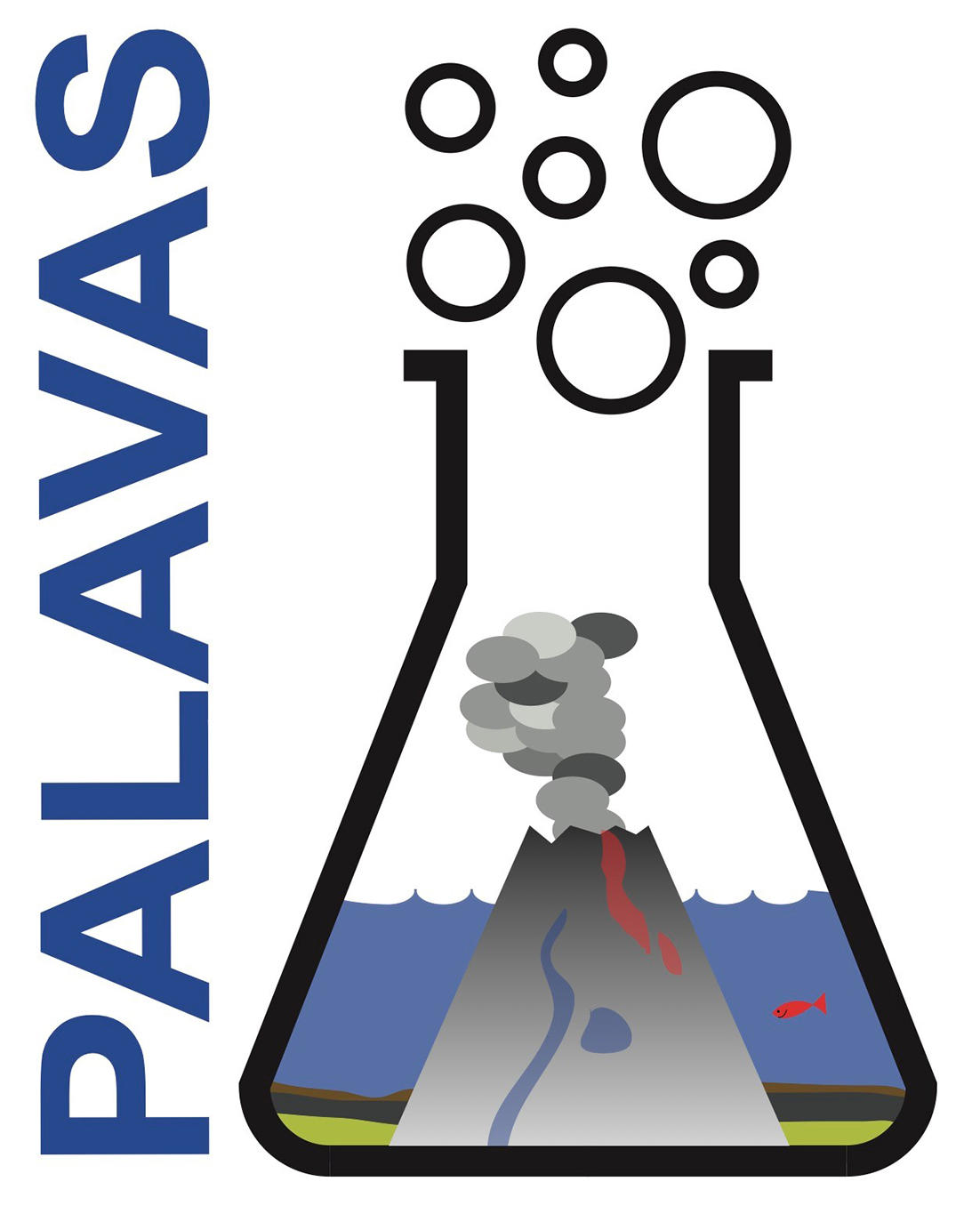PALAVAS
Present and pAst weathering fLuxes from tropicAl Volcanic islAndS
Over geological time scales the chemical weathering of silicate rocks is the largest sink of atmospheric CO2. Weathering of volcanic islands has been suggested to constitute a substantial fraction of the global atmospheric CO2 drawdown by rock weathering as such rocks are characterized by fast dissolution kinetics. Tropical volcanic islands are of particular importance because of their high relief, sustained orographic precipitation under warm climate, and cyclone-triggered high physical E. Yet, previous work suggested that basalt weathering rates may strongly decline with time after emplacement of fresh lavas. Such previous work is however based on indirect evidence, because it employed mapping of active vs. inactive volcanic fields, or relied on dissolved measurements that may not adequately capture the dynamic, cyclone-driven nature of tropical island erosion and weathering.
Within this German-French bilateral project, the interaction between weathering and erosion in tropical volcanic islands will be evaluated. Within this framework, two doctoral projects on the German side (at GFZ Potsdam and FU Berlin, respectively) and two positions on the French side (IPGP Paris and EDYTEM Chambéry, respectively) will collectively test the hypothesis that the degree and rates of weathering and erosion depend on age of the underlying bedrock. Back through time, however, centennial to millennial-scale variations in climate may modify weathering and erosion rates, and these trends may be preserved in offshore sediment archives. We will use classical elemental geochemistry and state-of-the-art novel Beryllium and Lithium isotopes as tracers of modern and past weathering and erosion rates, in conjunction with biomarker analysis and numerical modelling.
PALAVAS will track weathering and erosion rates through time based on analyses of soils, rivers, and detrital sedimentary archives, and thus will deliver a completely updated view of how weathering and erosion evolve on tropical islands, and how this evolution impacts global CO2 consumption.
